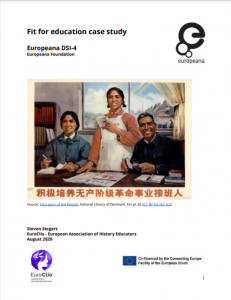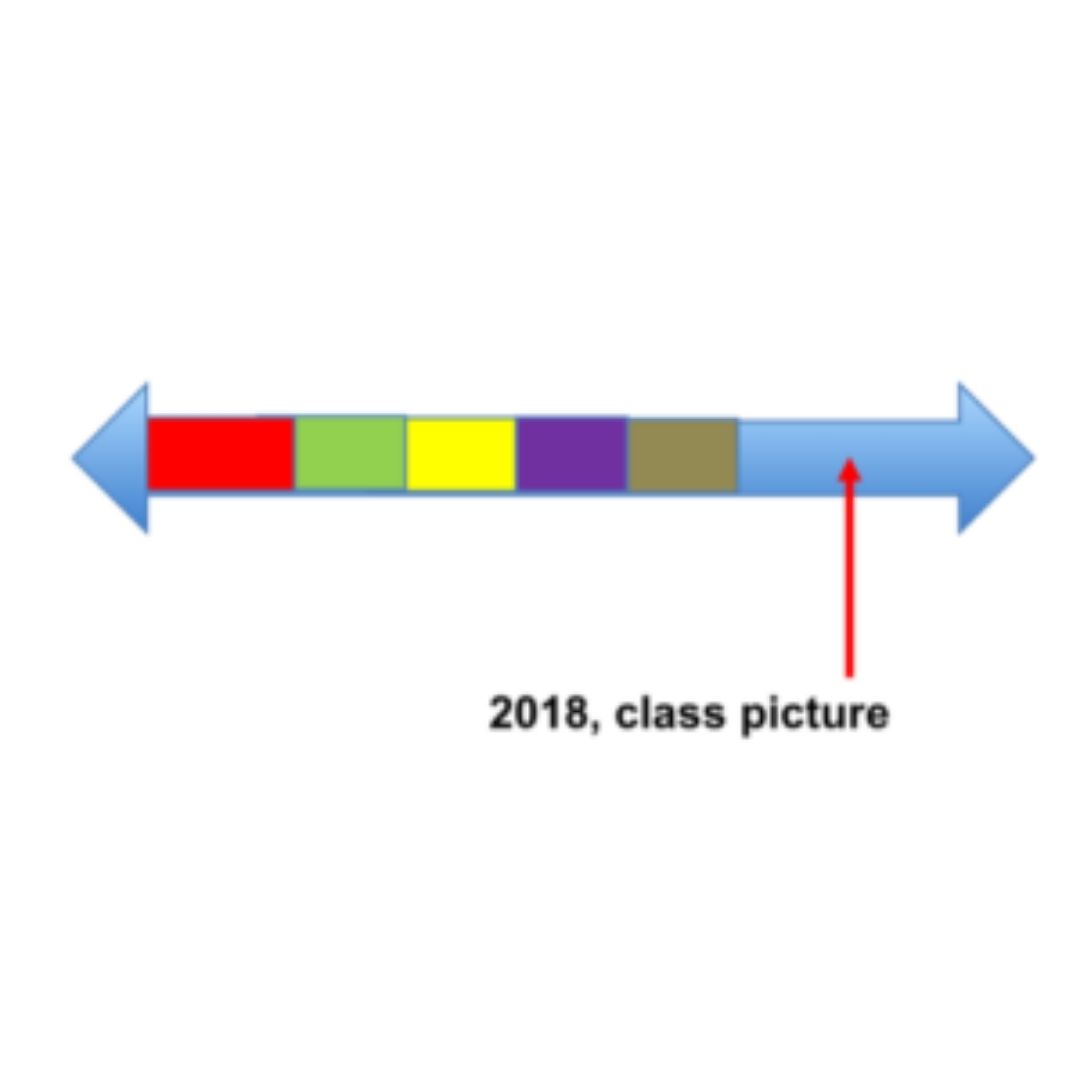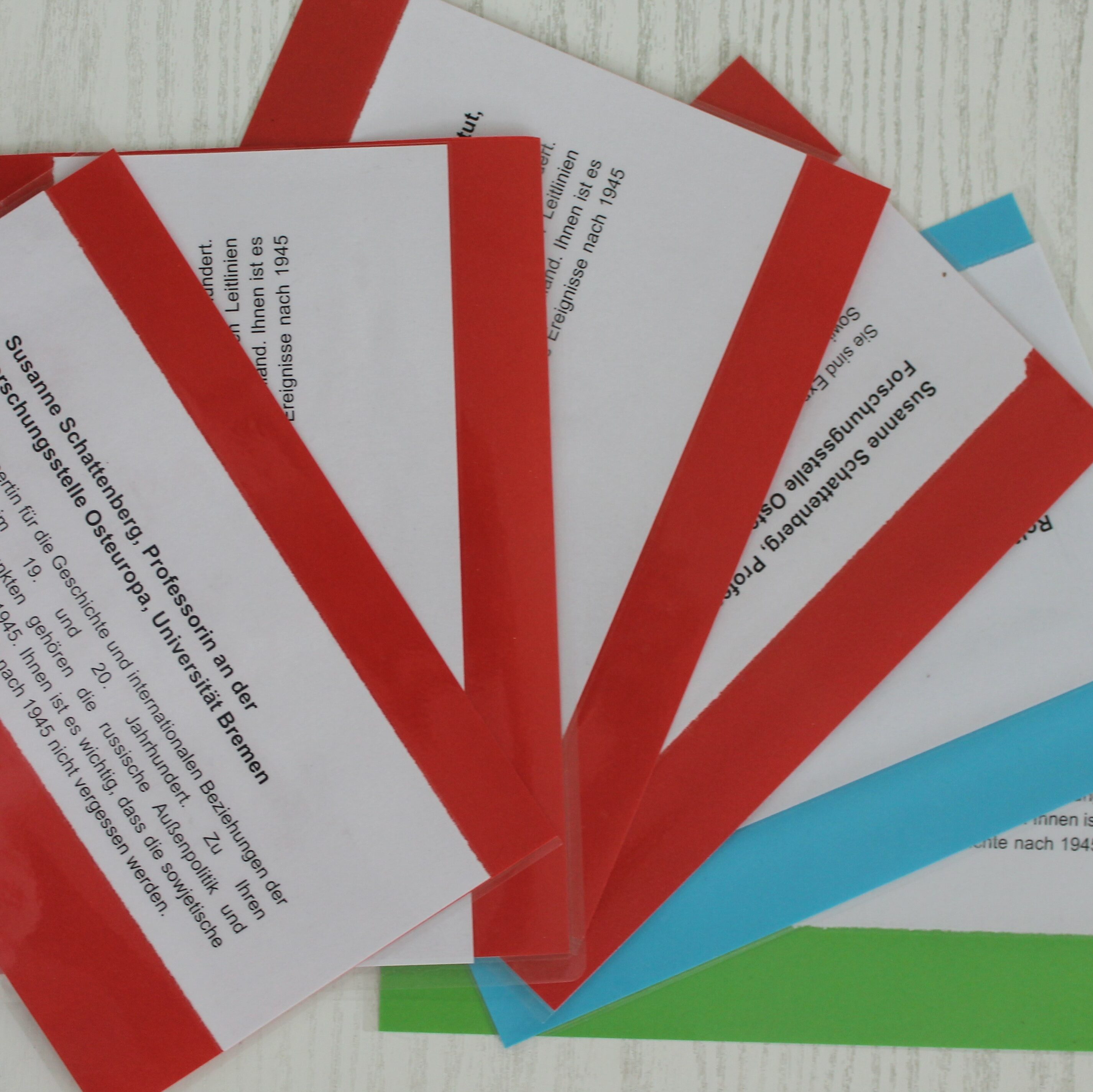To encourage cooperation between people working in the fields of education and cultural heritage, EuroClio has produced a case study providing insights into the use of online collections for and by educators. The case study is based on work done by EuroClio, historians and history educators from its network, who have worked to find and present over 1,000 sources from Europeana in more than 60 source collections, available at Historiana.
The case study aims to help cultural heritage institutions understand what educators look for while searching online collections, and how to make their content more accessible for education. These insights can help suggest the order in which pieces from collections can be digitised and help institutes think about reducing barriers to access.

Silent Learning: the use of Quizzes to motivate and assess participation and learning in the classroom

Silent Learning: the use of small-group learning and sharing to ensure full participation in the classroom

Imagining a past that is no longer there: the use of interactive timelines

HistVlogs: taking information at face value vs. perspective taking

Using Cards to Understand History






